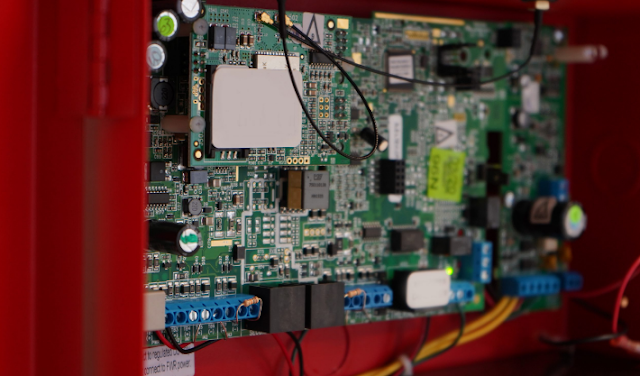All You Need To Know About Commercial Fire Alarm Monitoring Systems
For quite some time now, fire alarm systems that are used in the US have been monitored with the help of telephone lines. There are basically three primary processes that work here, first, as soon as the alarm goes off, the signal gets transmitted to the phone line, second, a primary monitoring station retrieves the signal, and lastly, once the signal gets received, emergency services follow. Since these are commercial systems, they need to be monitored 24 hours a day, all around the year. For a large portion of commercial spaces, the fire alarm monitoring systems still run on older generation phone lines. According to the guidelines set up by the National Fire Protection Association (NFPA), all commercial fire alarm monitoring systems must have a couple of communication lines connected or joined to the panel. What this step does is ensure that the emergency message is broadcasted even if one of the lines is busy.
As per the latest NFPA code, businesses and organizations are permitted to have a single line connected to a conventional phone cable system. The other line can be used to connect to a well-organized, facility-based voice network system. Both these lines will ensure that all signals are still even if one line of communication goes off due to an unexpected reason.
As technology is rapidly growing, organizations now have numerous options when they plan to install fire alarm systems. As of now, many fire alarm systems are getting switched from the traditional phone lines to commercial fire cellular alarm communicator systems. That essentially means that the signal from an alarm system is sent directly via the monitoring company through its towers rather than traditional phone lines. By substituting landline systems, businesses will get peace of mind.
Consider this blog post and make the best use of these fire alarm cellular systems.




Comments
Post a Comment